How I write SMART goals and make them a reality [+ free SMART goal templates]
I distinctly remember being told by a manager that my goals during a mid-year performance review were too broad and open-ended. This was the push I needed to learn how to write SMART goals.
![How I write SMART goals and make them a reality [+ free SMART goal templates]](https://www.hubspot.com/hubfs/smart-goals-template-1-20240725-9753769-1.webp)
I distinctly remember being told by a manager that my goals during a mid-year performance review were too broad and open-ended. This was the push I needed to learn how to write SMART goals.
While career goals are important, a structured approach to setting and achieving them is vital to making meaningful progress. Adopting this framework has helped me contextualize my objectives into clear steps.
What exactly is a SMART goal, and how does it differ from a regular goal? In this post, I'll explain how to set SMART goals and introduce four free templates to help you get started.
Table of Contents
- What is a SMART goal?
- What does each aspect of the SMART acronym mean?
- 5 Tips for Writing SMART Goals
- SMART Goal Templates
- How to Use a SMART Goal Template
What is a SMART goal?
The letters of SMART stand for:
- Specific
- Measurable
- Attainable
- Relevant
- Time-bound
The SMART acronym is a structure that enables an individual to write goals that drive greater impact. By writing goals with these aspects in mind, marketers can quantify their progress and necessary measures towards reaching the goal.
What does each aspect of the SMART acronym mean?
Let’s apply the SMART goal framework to a real-world example: “I want to get fitter.”
1. Specific
→ Ambiguous goal: “I want to get fitter.”
There are innumerable ways to get fitter, and everyone has their own definition of fitness (i.e., muscle toning vs. weight loss vs. longevity). Therefore, this goal needs to be more specific.
→ Specific goal: “I want to be able to do more push-ups.”
2. Measurable
→ Immeasurable goal: “I want to be able to do more push-ups.”
“More” could mean anything, depending on an individual’s current fitness ability. This goal needs to be tied to a number to be measurable.
→ Measurable goal: “I want to be able to do push-ups for one minute straight.”
3. Attainable
→ Unattainable goal: “I want to be able to do 200 push-ups in a row.”
Unless you’re a bodybuilder or incredibly strong, this goal is likely out of reach. Evaluate your health and adjust the goal to be more attainable relative to your benchmarks.
→ Attainable goal: “I want to be able to do 20 push-ups in a row.”
4. Relevant
→ Irrelevant goal: “I want to be able to do 20 push-ups in a row.”
Find the “why” behind the goal, as this helps provide context. To ensure this goal is relevant, we should recognize if it will help us achieve the original goal of “getting fitter.”
→ Relevant goal: “I want to be able to do 20 push-ups in a row to improve my overall muscular fitness.”
5. Time-bound
→ Indefinite goal: “I want to be able to do 20 push-ups in a row to improve my overall muscular fitness.”
Adding a deadline to the goal will motivate you to remain consistent. This is why it’s essential to ensure the goal is time-bound.
→ Time-bound goal: “I want to be able to do 20 consecutive push-ups two months from now to improve my overall muscular fitness.”
Still need some help figuring out how to write SMART goals? Read on for five tips.
5 Tips for Writing SMART Goals
1. Align with team objectives.
At Paramount, we receive business goals at the CEO level, which can be broadly applied to all departments, and at our team level, which are more specific to my marketing organization. I can then apply those broader goals to my role during performance reviews.
For instance, a new blog may have a goal of 20K subscribers by the end of its first year. Based on that, a blog writer at this company can create a personal goal to utilize more CTAs in their posts to encourage readers to subscribe.
Using a product like HubSpot Marketing Hub makes it effortless to align team goals. Teams can set marketing goals directly in the platform for easy access and progress tracking.
In addition, the unified CRM means marketing, sales, and service teams can utilize the same customer information and dashboards, easily pass along leads, and communicate analytics and reporting, making it easier than ever to work towards a shared team goal.
2. Break down big goals.
SMART goals aren’t just for major objectives. My favorite way to use this framework is to achieve smaller, manageable tasks on the way to a bigger goal.
Let’s say my goal is to one day be a Marketing Director. I’m currently a Senior Coordinator, so that goal feels further down the line. Instead, I can create SMART goals to help me level up to each subsequent title.

3. Use clear language.
Although my goals are typically just read by me and my manager, other stakeholders may need to reference them. For example, if I expressed an interest in learning more about a different team, then a member of that team may need to review my goals.
For this reason, it’s important to avoid using acronyms and jargon specific to your team. Ensure the goals are easy to comprehend, no matter who reads them.
4. Use numbers whenever possible.
Two aspects of a SMART goal — measurable and time-bound — are numerical. However, I sometimes find it difficult to attach numbers to my marketing goals. I want to be a more efficient and intuitive marketing campaign manager, but how do I quantify that?
This is why it’s imperative to create measurable, time-bound goals. Quantifying makes it easy to check off when you’ve completed a goal. As an example, I could frame my goal as, “I want to manage X influencer marketing campaigns this year and achieve an X% year-over-year increase in impressions.”
HubSpot Marketing Hub provides many metrics that can help create measurable SMART goals. Marketers can track website visits, new subscribers, email open and click-through rates, campaign revenue, ad campaign metrics, and more — all of which can be used to create measurable goals such as “achieve a 10% click-through rate on email campaigns by end of year through CTA optimization.”
5. Frequently assess progress.
A mentor once told me, “No job is going to look after you the way you’ll look after yourself.” Indeed, I will always have my best intentions at heart and, thus, am best equipped to evaluate my progress towards goals.
Hold yourself accountable the way I do — by scheduling regular check-ins to see how close you are to achieving your SMART goals.
Of course, the cadence of check-ins depends on the size of the goal and its deadline. If the goal is due in three months, check in weekly or biweekly. Set up a schedule that builds consistency, intrinsic motivation, and success.
These tips should help you get started, but if you’re still stuck, read on for some useful SMART templates.
1. Hubspot’s SMART Goal Template
HubSpot’s SMART goal template helps marketers design influential goals with measurable, time-bound results. It’s particularly useful for those whose key objectives are increasing traffic and conversions across online properties.
The template can be accessed as a Google Sheets file, ideal for collaborative SMART goal setting in the Google workspace, or as a Microsoft Excel file, perfect for teams who favor Microsoft 365.
Each tab of the spreadsheet walks through a step of the goal-setting process with clear instructions included alongside each field you need to complete. As seen below, there’s a tab with a calculator to help marketers set realistic numbers for customers, visits, and lead goals based on current performance.

Why I like it: This template is easy to follow, with clear explanations, examples, and even a calculator to guide input at each stage. I can easily refer to this template since it’s auto-saved in my Google Drive.
2. Miro’s SMART Goals Template

This SMART goals template by Miro is an excellent fit if you like visualizing goals. The template is structured as a board on which marketers can add sticky notes under each of the five aspects of a SMART goal.

Why I like it: This template is perfect for creating SMART goals on a time crunch. The board includes some examples on sticky notes, all short and effective. Plus, the color-coded sticky notes are fun to look at.
3. Smartsheet’s SMART Goals Template

This SMART goals template is linked natively in a Smartsheet blog post, so it’s quick to access on either Google Docs or Microsoft Word. The Google Doc is ideal for individuals who want to collaborate on this document with their team.
It’s also much more no-frills for individuals who prefer to write out their goals simply.
Why I like it: This worksheet encourages marketers to think deeply about their goals. The sections are designed to make each step feel tangible and actionable. This format is also ideal for printing and walking through with a manager.
4. Adobe Express’s SMART Goals Worksheet Templates

Adobe Express provides 10 SMART goals worksheet examples that, true to brand, focus on style and design. While the templates are geared towards students, I find this a great practice in simplifying an otherwise daunting task.

For instance, the worksheet seen above follows the same guidelines we’ve come to understand around SMART goals but encourages clear, concise language.
Why I like it: This template may be a student-forward worksheet, but it’s a reminder that it’s possible to keep things uncomplicated and achieve the same results.
Continue reading for a step-by-step guide on how to use a SMART goal template to its fullest potential.
How to Use a SMART Goal Template

Now, I’ll show you the process of filling out a SMART goal template below. (FYI, this is HubSpot’s free SMART Goal Template if you want to try for yourself!)
Step 1. Write your initial goal.
First, I set a simple and clear goal: “I want to build an email list.”
Step 2. Make it specific.
The prompt suggests setting a goal I could “share with [my] CEO in 10 seconds that would clearly explain what [I’m] trying to improve.” I consider this to be a qualifying sentence that reduces the need for follow-up inquiries.
My specific goal is, “I want to build an email list of qualified leads from our blog to promote our upcoming Black Friday sales.”
Step 3. Make it measurable.
The prompt asks me to attach a number to the goal so I can track my progress while working toward it. Adding a number is advantageous because it helps me track my progress and foresee how much work I have left before I achieve the goal.
My measurable goal is: “I want to collect emails from 50 qualified leads per month from our blog to add to an email list of prospects to promote our upcoming Black Friday sales.”
Step 4. Make it attainable.
Here, I’m prompted to set a realistic goal based on my past performance and existing capabilities. The key here is to create a goal that is challenging and exciting but not so drastic that team members get discouraged in the quest to achieve it.
My attainable goal is, “Since we currently generate around 200 leads per month from our blog, I want to collect emails from 50 leads per month to add to an email list of prospects specifically qualified for our upcoming Black Friday sales.”
Note: Use the “Calculate Your SMART Goal” tab to help come up with specifics for the measurable and attainable steps.
Step 5. Make it relevant.
This next prompt invites me to clarify why I’m setting the goal and how it relates to overall business impact, which helps build a frame of reference for the goal and tie it back to a bigger purpose.
Here’s what I came up with: “I want to collect 50 qualified leads per month from our blog to add to an email list of prospects to promote our upcoming Black Friday sales. This is because a recent similar promotion to a targeted list for a different offer converted at 3x our typical rate for promotions to our general email list.”
Step 6. Make it time-bound.
The last prompt asks me to set a timeline for achieving my goal. This is essential because it helps me ensure my smaller tasks are on track for completing the ultimate goal and keeps me aligned with the team.
So, here we have my final SMART goal: “I want to collect 50 qualified leads per month from our blog to add to an email list of prospects to promote our upcoming Black Friday sales.
This is because a recent similar promotion to a targeted list for a different offer converted at 3x our typical rate for promotions to our general email list. I’ll have 250 leads on my email list in five months from today.”
Step 7. Evaluate the SMART goal.
The third and final tab in the sheet is designed to help me reflect on the goal I just set. It cues me to answer the following questions:
- Do you feel that this goal is realistically attainable in the time frame you've set?
- How many hours per week can you dedicate to inbound marketing?
- What is the biggest marketing challenge preventing you from achieving this goal?
- What are three steps you can take to reduce or remove that challenge and succeed in reaching this goal?
Here’s how I filled out this section:

Practice Smarter Goal Setting
Our time is valuable, and that’s why following the SMART goal framework is so crucial. It saves time by making my goals effective, efficient, and, most of all, actually plausible.
Save even more time by using one of the templates mentioned in this post. I recommend HubSpot’s template for marketers, Miro’s for busy, visual learners, Smartsheet’s for practicality and actionability, and Adobe Express’s for simplicity and speed.
Ultimately, any of these templates will help reframe and contextualize goals in your mind to become more achievable.
Editor's note: This post was originally published in September 2019 and has been updated for comprehensiveness.
![]()




















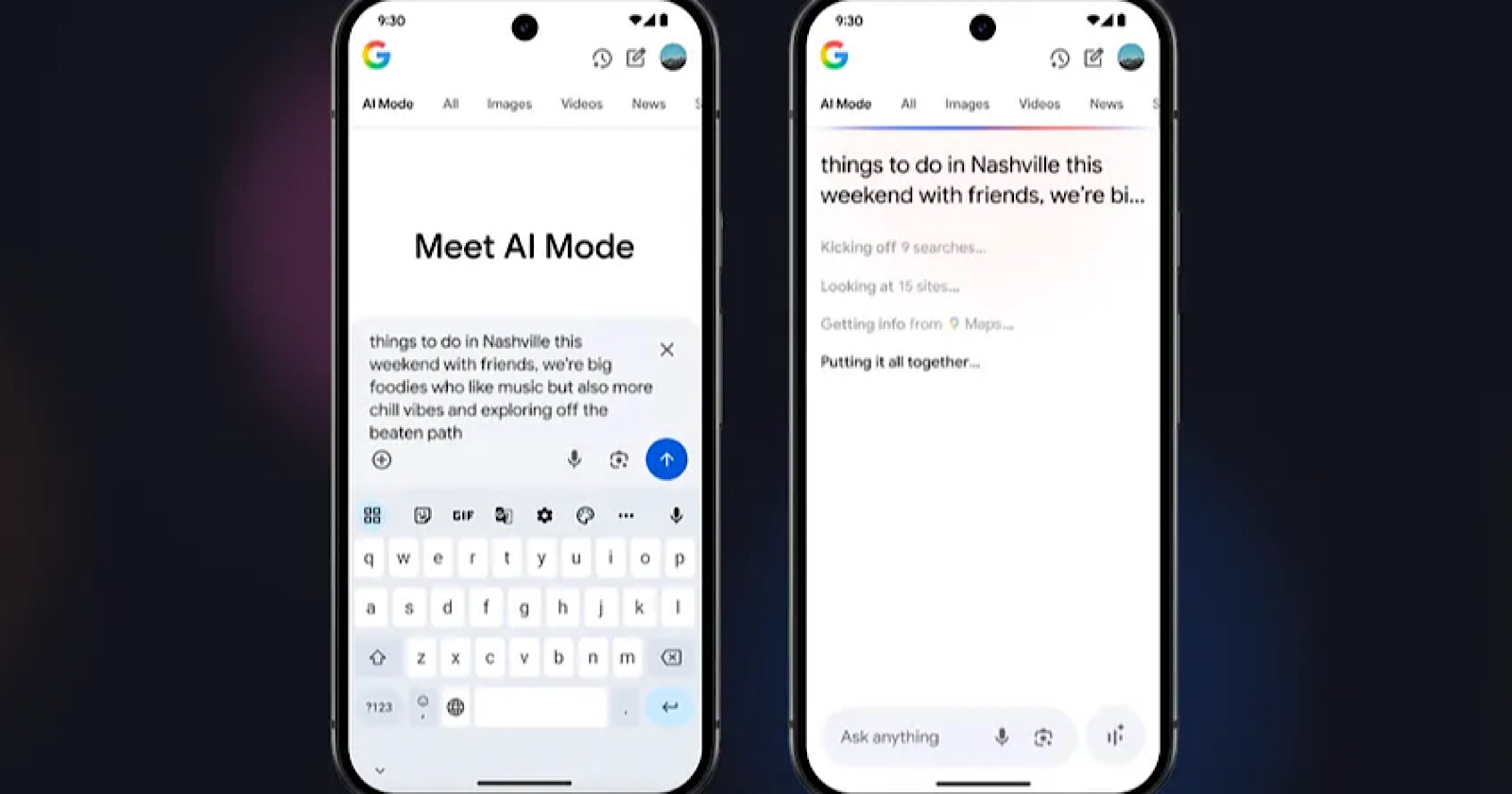





![How To Launch, Grow, and Scale a Community That Supports Your Brand [MozCon 2025 Speaker Series]](https://moz.com/images/blog/banners/Mozcon2025_SpeakerBlogHeader_1180x400_Areej-abuali_London.png?auto=compress,format&fit=crop&dm=1747732165&s=beb7825c980a8c74f9a756ec91c8d68b#)
![Clicks Don’t Pay the Bills: Use This Audit Framework To Prove Content Revenue [Mozcon 2025 Speaker Series]](https://moz.com/images/blog/banners/Mozcon2025_SpeakerBlogHeader_1180x400_Hellen_London.png?auto=compress,format&fit=crop&dm=1747758249&s=9f3c5b1b7421f862beace1cb513053bb#)
![How To Create an Integrated Strategy That Increases Brand Mentions and Visibility [Mozcon 2025 Speaker Series]](https://moz.com/images/blog/banners/Mozcon2025_SpeakerBlogHeader_1180x400_JamesH_London.png?auto=compress,format&fit=crop&dm=1747780409&s=9bf9f0a2623b4a8be6eaf8f235115505#)








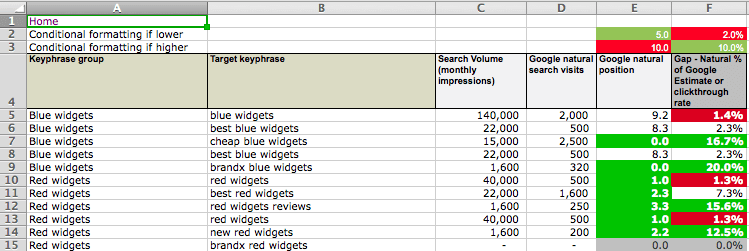
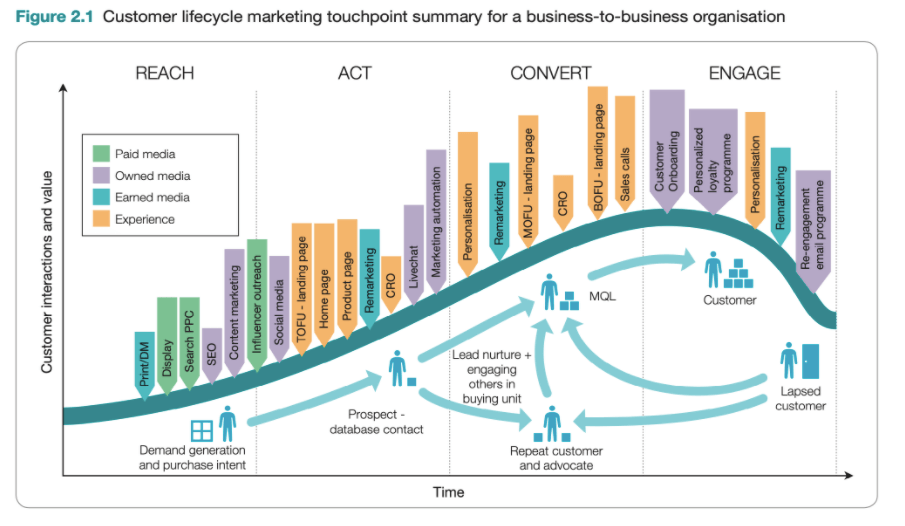











![The 11 Best Landing Page Builder Software Tools [2025]](https://www.growthmarketingpro.com/wp-content/uploads/2024/04/best-landing-page-software-hero-image-1024x618.png?#)

















































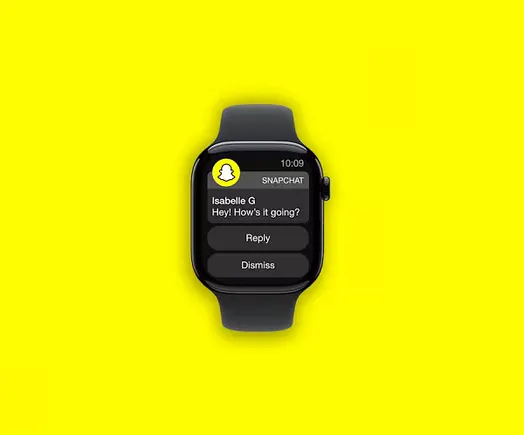
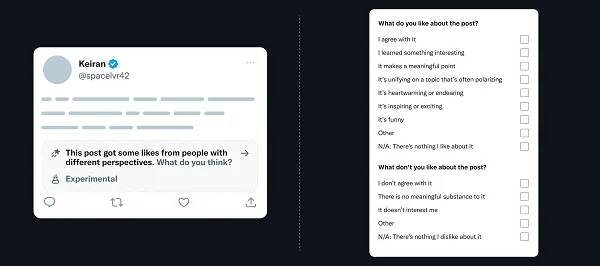










![Social media image sizes for all networks [June 2025]](https://blog.hootsuite.com/wp-content/uploads/2023/01/Social-Media-Image-Sizes-2023.png)



![Discrepancies experienced by Black content creators [new data + expert insights]](https://www.hubspot.com/hubfs/discrepancies%20experience%20by%20black%20content%20creators%20%20598x398.jpg)

![What you're doing wrong in your marketing emails [according to an email expert]](https://53.fs1.hubspotusercontent-na1.net/hubfs/53/jay-schwedelson-mim-blog.webp)





















